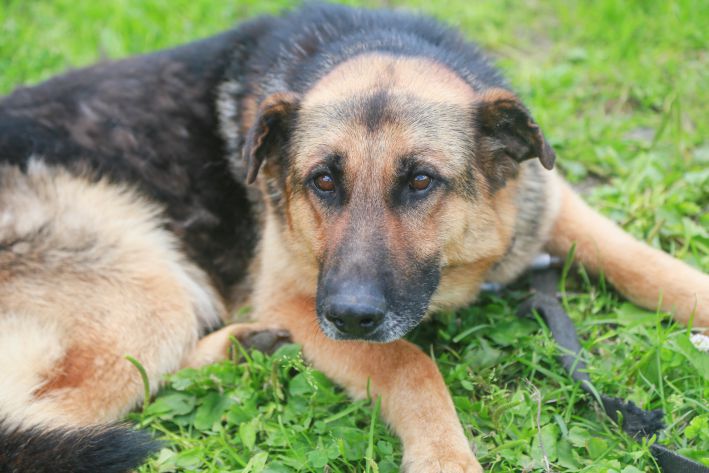A dog chasing its tail may look funny and cute, but there may be different reasons behind this behavior.
Some of them are related to the psychology and character of the animal, others - to its physical condition and health.
Let's look at why dogs chase their tails, how it affects their well-being, and how owners can help their pets break this habit. We'll also provide you with some interesting facts and research on the topic that will help you better understand your four-legged friend.

Playing
The most common reason a dog chases its tail is because it is simply playing.
This is especially common in puppies and young dogs because they are still discovering the world around them and may not yet understand that their tail is part of their body. They view the tail more like a toy and want to catch it to determine what it is.
Boredom
If the dog is no longer young, it may be chasing its tail purely out of boredom. The pet can entertain itself by chasing it and turn it into a fun game that it can play on its own.
This is usually due to a lack of stimulation. Dogs that are left home alone all day or don't get enough exercise will release some of that pent-up energy by chasing their tail.
Fleas
If your dog is chasing and biting its tail, it may have fleas or ticks that are causing discomfort.
They can be very itchy, and the dog cannot scratch its tail with its paws, so it uses its teeth.
Check her skin for ticks that may have attached themselves or fleas. Constant scratching can even cause your dog to lose hair.
Anxiety
When a dog is scared or anxious, it may act strangely, and this may include repetitive behaviors such as chasing its tail.
There are many potential causes for pet anxiety, including moving, boredom, or aggressive behavior from another pet. This type of fear and anxiety can cause compulsive behavior, so it's important to figure out what's causing it.
Health problems
If your dog is chasing and biting its tail but doesn't have fleas, it may have a health issue.
She may have a skin allergy, intestinal parasites causing discomfort in the anus, or even a tail injury. In any case, you will need to take your dog to the vet to determine the problem and prescribe treatment.
Behavioural problems
Another possible reason why a pet may chase its tail is due to compulsive behavior issues.
In dogs, they can occur for a variety of reasons, whether it's boredom, anxiety, or fear. Even a puppy playing with its tail may seem funny at first, but if left unchecked, the behavior can become obsessive.
Try to stimulate your dog both mentally and physically to prevent this from happening. If this behavior becomes more frequent, nip it in the bud before it becomes habitual.
It was previously reported when a person should not get a cat .









